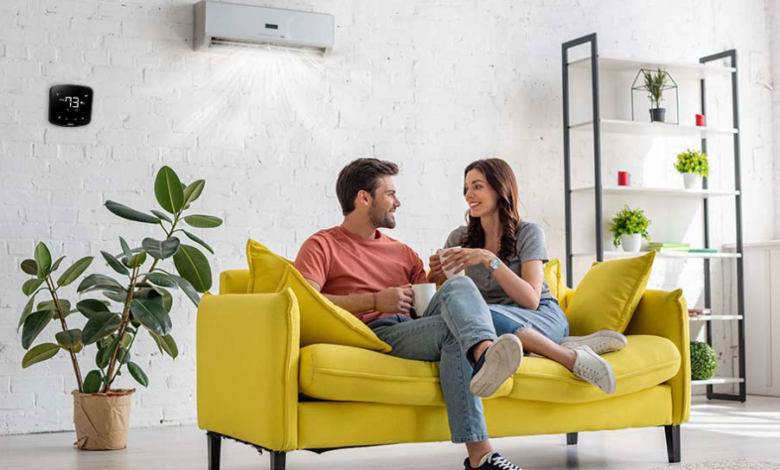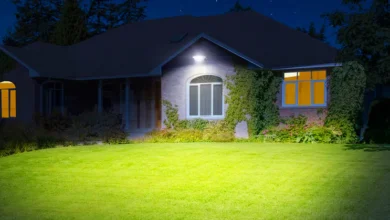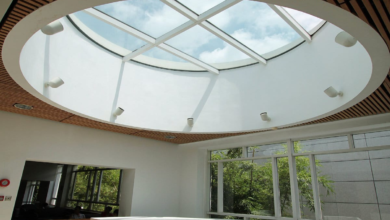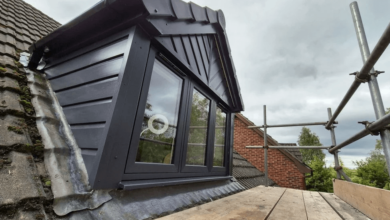Energy-Efficient AC Cooling Solutions That Save You Money

Introduction
With rising energy costs and hotter summers, homeowners and business owners alike are looking for ways to stay cool while reducing utility bills. One of the most effective solutions is investing in energy-efficient AC cooling solutions.
Energy-efficient air conditioning systems use advanced technology to provide the same level of comfort while consuming less energy. Not only do they lower your monthly bills, but they also reduce your environmental impact and extend the lifespan of your system.
This guide will explore the top energy-efficient AC solutions, their benefits, and tips for selecting the right system for your home or business.
Why Energy Efficiency Matters for AC Systems
1. Lower Energy Bills
Traditional air conditioners can account for a significant portion of your energy consumption. Energy-efficient units use less electricity by optimizing compressor speed, refrigerant flow, and airflow, which directly reduces your monthly bills.
2. Environmental Impact
Energy-efficient AC systems consume less power, leading to fewer greenhouse gas emissions. Choosing a high-efficiency system contributes to a greener, more sustainable home or business.
3. Extended System Lifespan
Modern energy-efficient systems reduce wear and tear by running more efficiently. This prolongs the life of your air conditioner, reducing repair and replacement costs over time.
4. Improved Comfort
Energy-efficient systems often include advanced features like variable-speed compressors and smart thermostats, maintaining a more consistent temperature throughout your space.
Types of Energy-Efficient AC Cooling Solutions
1. High SEER Rated Central Air Conditioners
SEER (Seasonal Energy Efficiency Ratio) measures how efficiently an AC unit cools your space over a typical cooling season. Higher SEER ratings indicate greater energy efficiency.
- Advantages: Lower electricity bills, quieter operation, better humidity control
- Ideal For: Homes and businesses with existing ductwork
2. Ductless Mini-Split Systems
Ductless mini-splits provide cooling directly to individual rooms without the need for ductwork. They are highly efficient because they eliminate energy losses common in ducted systems.
- Advantages: Zone-specific cooling, easy installation, energy savings
- Ideal For: Room additions, older homes without ducts, or targeted cooling needs
3. Heat Pump Systems
Heat pumps function as both an AC in summer and a heater in winter. Modern systems are designed for high efficiency even in extreme temperatures, making them a cost-effective all-season solution.
- Advantages: Dual functionality, energy-efficient, reduced carbon footprint
- Ideal For: Homes looking to replace both heating and cooling systems
4. Smart Thermostats
While not a cooling system itself, a smart thermostat optimizes AC usage by learning your schedule and adjusting temperatures automatically. Pairing a smart thermostat with an efficient AC unit can save up to 20% on energy bills.
- Advantages: Remote control, automation, energy usage reports
- Ideal For: Any energy-conscious homeowner or business
5. Variable-Speed Air Conditioners
Unlike single-speed AC units that turn on and off at full power, variable-speed units adjust their cooling output to meet demand. This prevents energy waste and maintains a more consistent indoor temperature.
- Advantages: Reduced energy consumption, quieter operation, improved humidity control
- Ideal For: Homes with fluctuating cooling needs or larger spaces
See also: Hidden Home Maintenance Issues You Must Address
Benefits of Upgrading to Energy-Efficient AC Solutions
1. Significant Cost Savings
Energy-efficient systems reduce electricity consumption, translating to lower utility bills. Even a small improvement in efficiency can save hundreds of dollars annually.
2. Increased Home Value
Energy-efficient HVAC systems are a selling point for homes and commercial properties, increasing marketability and property value.
3. Environmental Responsibility
Reducing energy usage decreases greenhouse gas emissions, contributing to a more sustainable lifestyle.
4. Enhanced Comfort and Air Quality
Advanced energy-efficient systems provide consistent cooling, better humidity control, and improved filtration, creating a healthier indoor environment.
5. Potential Rebates and Incentives
Many utility companies and local governments offer rebates or tax incentives for installing high-efficiency AC systems, helping offset the initial cost.
Factors to Consider When Choosing an Energy-Efficient AC Solution
1. Size and Cooling Capacity
An AC system that is too small won’t cool effectively, while an oversized unit cycles on and off too frequently, wasting energy. Proper load calculation ensures optimal performance.
2. SEER and EER Ratings
Look for units with high SEER (Seasonal Energy Efficiency Ratio) and EER (Energy Efficiency Ratio) ratings. Higher ratings mean more cooling output per unit of energy consumed.
3. Type of System
Consider whether a central air, ductless mini-split, or heat pump best suits your space, lifestyle, and budget.
4. Smart Features
Wi-Fi-enabled thermostats, programmable schedules, and energy monitoring can enhance efficiency and reduce operational costs.
5. Professional Installation
Even the most energy-efficient system can perform poorly if installed incorrectly. Always choose a licensed HVAC company for installation and maintenance.
Maintenance Tips to Maximize Efficiency
- Clean or Replace Filters Regularly: Dirty filters restrict airflow and reduce efficiency.
- Schedule Annual Tune-Ups: Professional maintenance ensures your AC runs smoothly and efficiently.
- Seal Ductwork: Leaks in ducts can reduce cooling efficiency by up to 30%.
- Check Refrigerant Levels: Low refrigerant reduces cooling capacity and increases energy use.
- Use Smart Thermostat Settings: Optimize temperature schedules to reduce unnecessary cooling.
Common Myths About Energy-Efficient AC Systems
Myth 1: Energy-Efficient ACs Are Too Expensive
While the upfront cost may be higher, long-term savings on energy bills often offset the initial investment within a few years.
Myth 2: Only New Homes Benefit
Even older homes can upgrade with ductless systems, variable-speed units, or smart thermostats, improving efficiency significantly.
Myth 3: Energy Efficiency Compromises Comfort
Modern energy-efficient ACs are designed to provide consistent temperatures, better humidity control, and quieter operation, often improving comfort compared to older systems.
Conclusion
Investing in energy-efficient AC cooling solutions is a smart choice for homeowners and business owners who want to stay comfortable, save money, and reduce their environmental impact. From high-SEER central systems and ductless mini-splits to smart thermostats and variable-speed units, modern AC solutions provide superior comfort and long-term savings.
By choosing the right system and pairing it with proper maintenance and professional installation, you can enjoy:
- Lower energy bills
- Increased comfort and air quality
- Extended system lifespan
- Reduced carbon footprint
Energy efficiency is no longer just an option — it’s a smart investment in comfort, savings, and sustainability. Make the switch today and experience the benefits for years to come.





